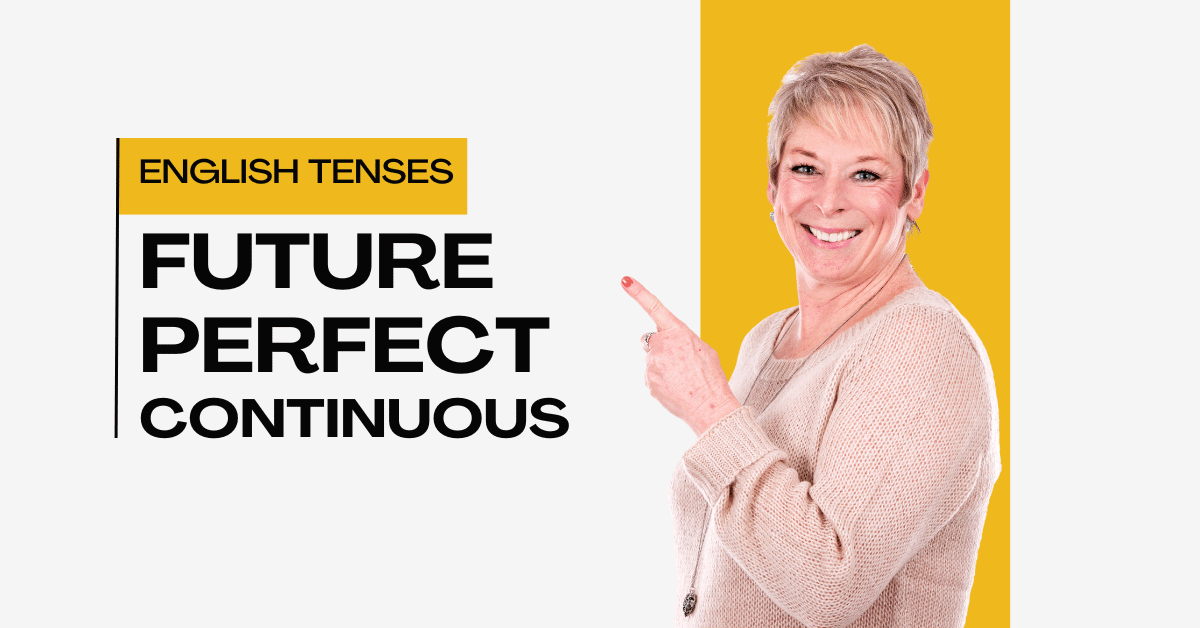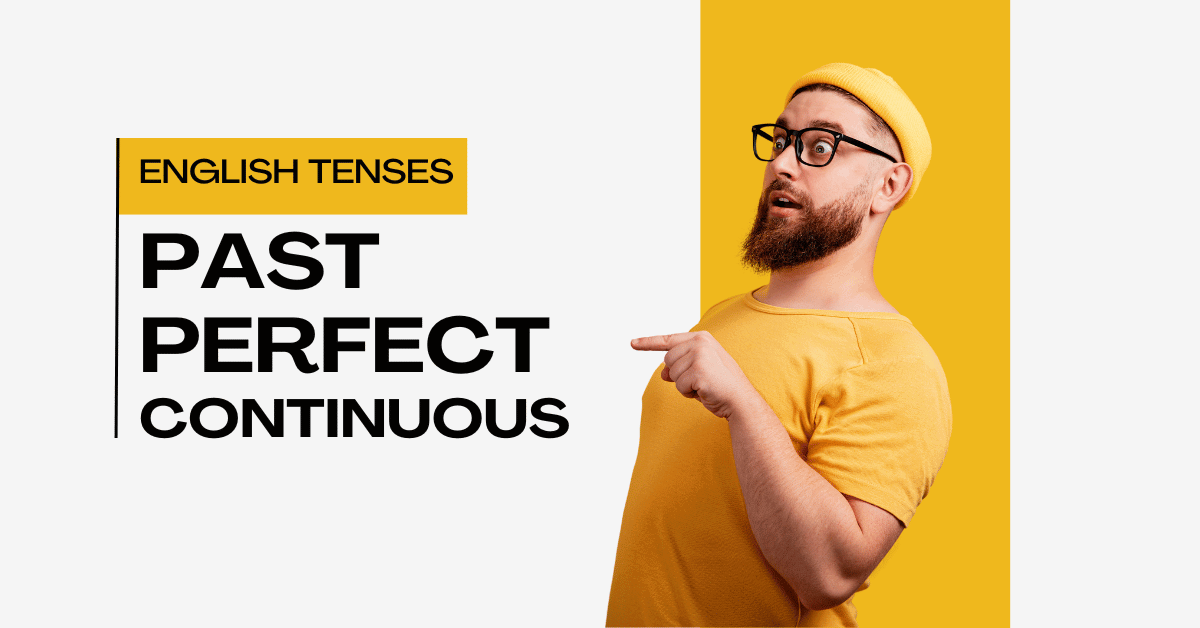Mastering the Past Continuous Tense: A Comprehensive Guide

Mastering the Past Continuous Tense: A Comprehensive Guide
Understanding the Past Continuous Tense: A Complete Guide
When learning English, understanding verb tenses is vital to mastering the language. The Past Continuous Tense is one of the most essential tenses to understand for storytelling and describing events in progress. This tense allows us to describe actions that were happening at a specific moment in the past, often with other actions taking place simultaneously. In this lesson, we’ll break down the Past Continuous Tense, its structure, and when to use it so you can confidently incorporate it into your everyday English.
Source: Learn English Coach YouTube Channel
What Is the Past Continuous Tense?
The Past Continuous Tense describes actions or events that were in progress at a particular time in the past. These are ongoing actions, meaning they were happening before and possibly after a certain point in time.
For example:
I was reading a book at 7 p.m. last night.
She was cooking dinner when I called her.
These sentences focus on the action being in progress at a specific time (7 p.m.) or when another event happened (the phone call). The Past Continuous is often used to provide background details in storytelling or to show interruptions.
The Structure of the Past Continuous Tense
To form the Past Continuous Tense, we need two key components:
1. The past tense of the verb “to be” (was/were)
2. The base verb in its -ing form (the present participle)
The basic formula is:
Subject + was/were + base verb + -ing
Affirmative: She was studying.
Negative: She wasn’t studying.
Interrogative: Was she studying?
Affirmative Sentences:
In affirmative sentences, we place the subject at the beginning, followed by “was” or “were,” and the verb with the -ing ending.
Examples:
He was watching TV.
They were playing football.
Negative Sentences:
For negative sentences, we simply add “not” after “was” or “were.”
Examples:
I was not (wasn’t) listening to the radio.
They were not (weren’t) waiting for the bus.
Interrogative Sentences:
To ask a question in the Past Continuous Tense, switch the subject's position and “was/were.”
Examples:
Was she writing an email?
Were they walking home when it started raining?
When to Use the Past Continuous Tense
The Past Continuous Tense is often used in specific situations. Let’s explore some of the most common contexts:
1. Actions in Progress at a Specific Time in the Past
When you want to emphasize that something was happening at a certain moment, the Past Continuous is your go-to tense.
Example:
At 8 o’clock, I was doing my homework.
Last night, they were watching a movie.
In these examples, the actions were ongoing at a particular time, but we don’t know exactly when they started or finished.
2. Interrupted Actions
One of the most common uses of the Past Continuous Tense is to describe an action that was interrupted by another event, usually described in the Past Simple Tense.
Example:
She was reading a book when the phone rang.
They were having dinner when I arrived.
Here, the Past Continuous sets the scene, while the Past Simple describes the interrupted action.
3. Parallel Actions Happening Simultaneously
The Past Continuous can also describe two actions that were happening at the same time in the past.
Example:
I was listening to music while she was cooking dinner.
They were playing chess as we were watching TV.
In these cases, both actions were ongoing and happening simultaneously, creating a sense of parallel events.
4. Setting the Scene in a Story
The Past Continuous is often used to give background information when telling a story, especially when you want to paint a vivid picture of what was happening around a main event.
Example:
The sun was setting, and the birds were singing as we walked along the beach.
By using the Past Continuous, you create a richer description, helping readers or listeners visualize the scene.
Common Mistakes with the Past Continuous Tense
While the Past Continuous Tense is straightforward, there are a few common mistakes learners should watch out for:
1. Forgetting “was/were”
Remember, you can’t form the Past Continuous without the past form of “to be” (was/were).
Incorrect: She singing yesterday.
Correct: She was singing yesterday.
2. Overusing the Past Continuous
The Past Continuous should only be used to describe actions in progress. Don’t use it for completed actions in the past—use the Past Simple for that.
Incorrect: I was bought a new car last week.
Correct: I bought a new car last week.
3. Confusing Past Simple and Past Continuous
As mentioned earlier, the Past Simple describes completed actions, while the Past Continuous focuses on ongoing actions or those that were interrupted.
Incorrect: I was went to the park.
Correct: I went to the park.
Conclusion
The Past Continuous Tense is an essential tool for describing actions in progress at a specific time in the past, setting the scene in a story, or explaining interrupted actions. By understanding its structure and common uses, you can significantly enhance your ability to communicate effectively in English. Whether you’re narrating a story, giving background information, or simply describing what you were doing at a certain time, mastering this tense will give your English greater depth and detail.
Now that you know how to use the Past Continuous try incorporating it into your daily practice to solidify your understanding!
FREE Quiz
Take our free quiz to test your knowledge of the Past Continuous tense. 👉 Click Here to Start the Quiz






